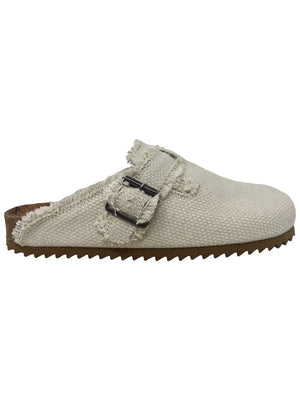Comfortable Toe Slip Mule Shoes For Every Occasion
Understanding Mule Slip Toe: Causes, Symptoms, and Treatments
Mule slip toe, commonly referred to as a slipped toe, is a condition that affects the foot, particularly the big toe. This condition can lead to discomfort, difficulty in walking, and other complications if not addressed properly. In this article, we will explore the causes, symptoms, diagnosis, and treatment options associated with mule slip toe.
What Causes Mule Slip Toe?
Several factors can contribute to the development of mule slip toe. Understanding these causes can help in prevention and early diagnosis.
1. Genetic Predisposition
Some individuals may have a genetic inclination towards foot deformities, including mule slip toe. If you have family members with similar conditions, it increases your chances of developing this issue.
2. Footwear Choices
Wearing ill-fitting shoes, particularly those with a narrow toe box, can exacerbate or even cause mule slip toe. High heels and overly rigid footwear can also contribute to the problem.
3. Overuse and Trauma
Excessive physical activity or injuries to the toe can lead to the condition. Sports that require repetitive toe movements can put additional strain on the toe joint.
Symptoms of Mule Slip Toe
Identifying the symptoms of mule slip toe is crucial for a timely diagnosis and effective treatment. Here are the most common signs:
1. Pain and Discomfort
Individuals often experience pain at the base of the big toe, which can worsen with movement or pressure.
2. Swelling and Inflammation
The affected toe may appear swollen and inflamed, which can be uncomfortable and make it difficult to wear shoes.
3. Difficulty Walking
Those affected may find it painful to walk or put weight on the toe, leading to an altered gait.
Diagnosis of Mule Slip Toe
If you suspect you have mule slip toe, it's important to consult a healthcare professional. They will typically perform the following:
1. Physical Examination
A physical examination of the foot can help in assessing the range of motion and identifying areas of pain.
2. Imaging Tests
X-rays or MRI scans may be conducted to view the bones and soft tissues of the toe, providing a clearer diagnosis.
Treatment Options for Mule Slip Toe
There are several treatment options available for mule slip toe, depending on the severity of the condition:
1. Conservative Management
For mild cases, conservative treatments such as rest, ice application, and over-the-counter pain relievers may be sufficient.
2. Footwear Modifications
Switching to properly fitting shoes with a wider toe box can significantly reduce discomfort and prevent worsening of the condition.
3. Physical Therapy
Physical therapy may help strengthen the muscles around the toe and improve flexibility, aiding in recovery.
4. Surgical Options
In severe cases, surgical intervention may be necessary to realign the toe or relieve pressure on the joint.
Preventing Mule Slip Toe
While some factors are unavoidable, others can be managed to help prevent mule slip toe:
1. Choosing Proper Footwear
Select shoes that provide ample space for your toes and offer proper arch support.
2. Foot Care
Maintain good foot hygiene and care routines, ensuring that you regularly check for any signs of discomfort or deformity.
3. Gradual Increase in Activity
If you are starting a new sport or activity, gradually increase your intensity to allow your feet to adapt.
Conclusion
Mule slip toe can greatly impact your quality of life if left untreated. Recognizing the symptoms and understanding the causes can lead to better outcomes through timely intervention. If you experience any signs of mule slip toe, consult a healthcare professional to discuss the best treatment options for your situation.























